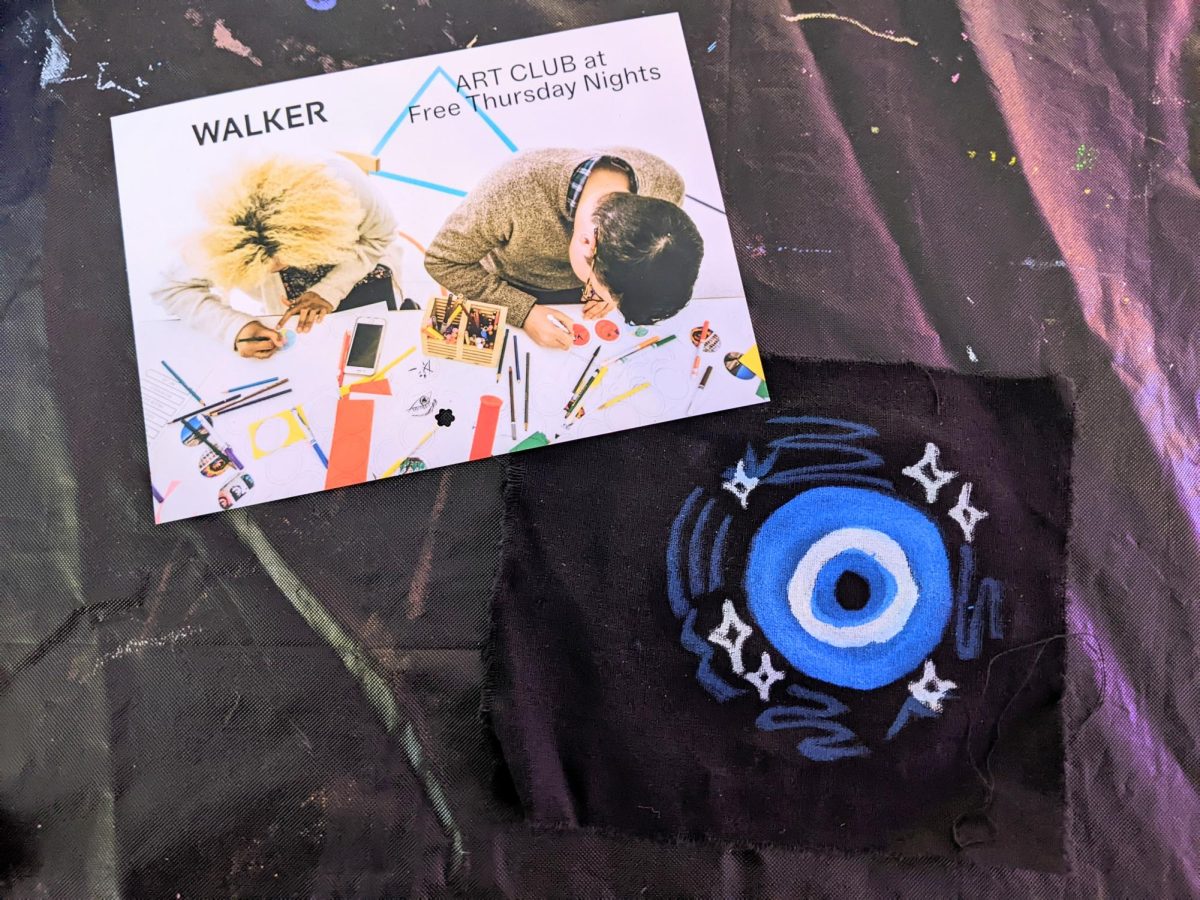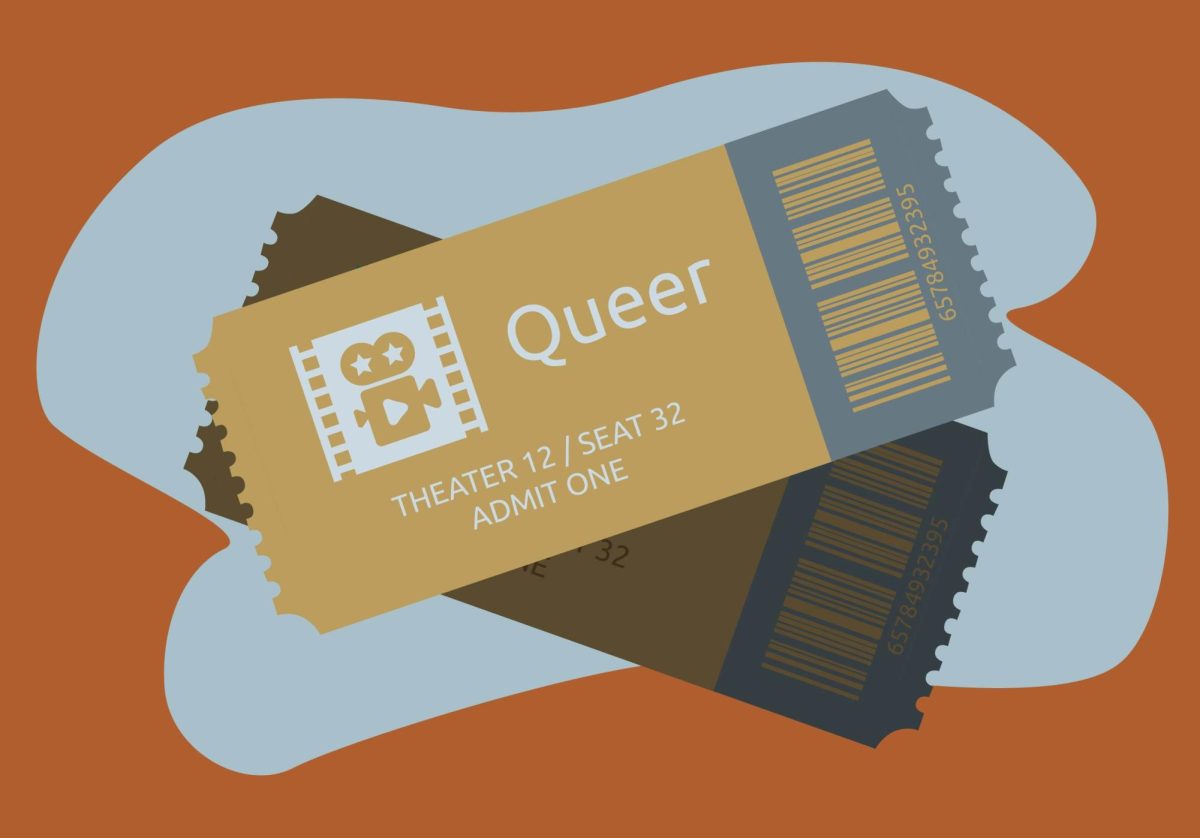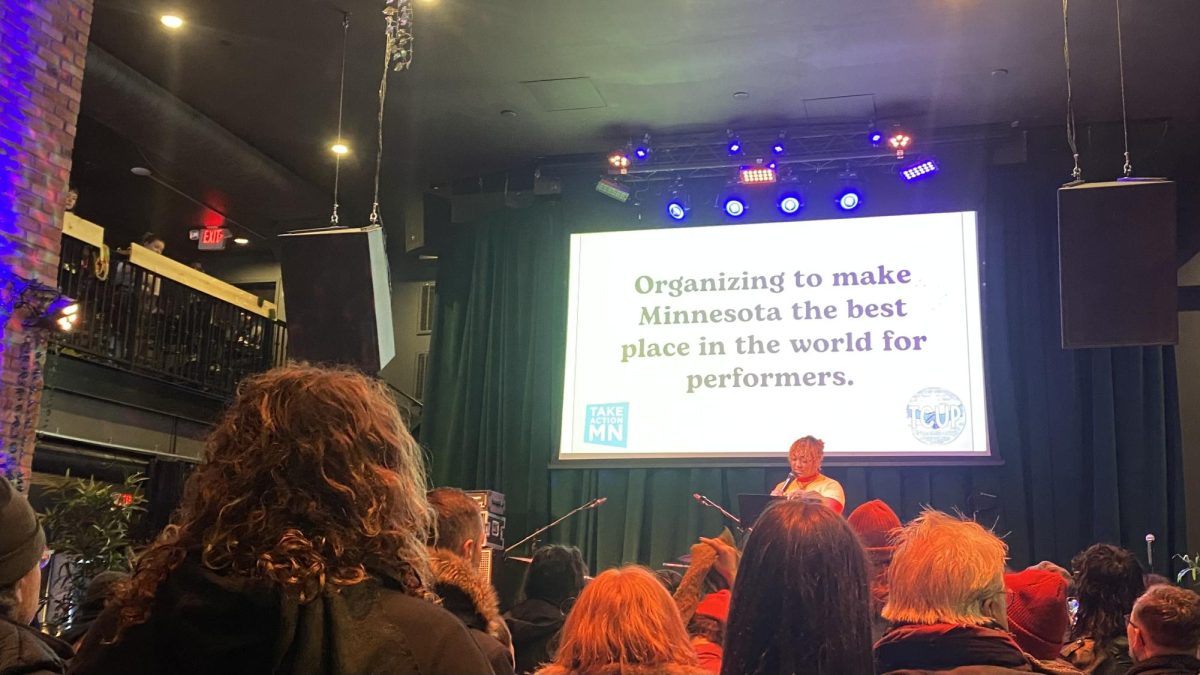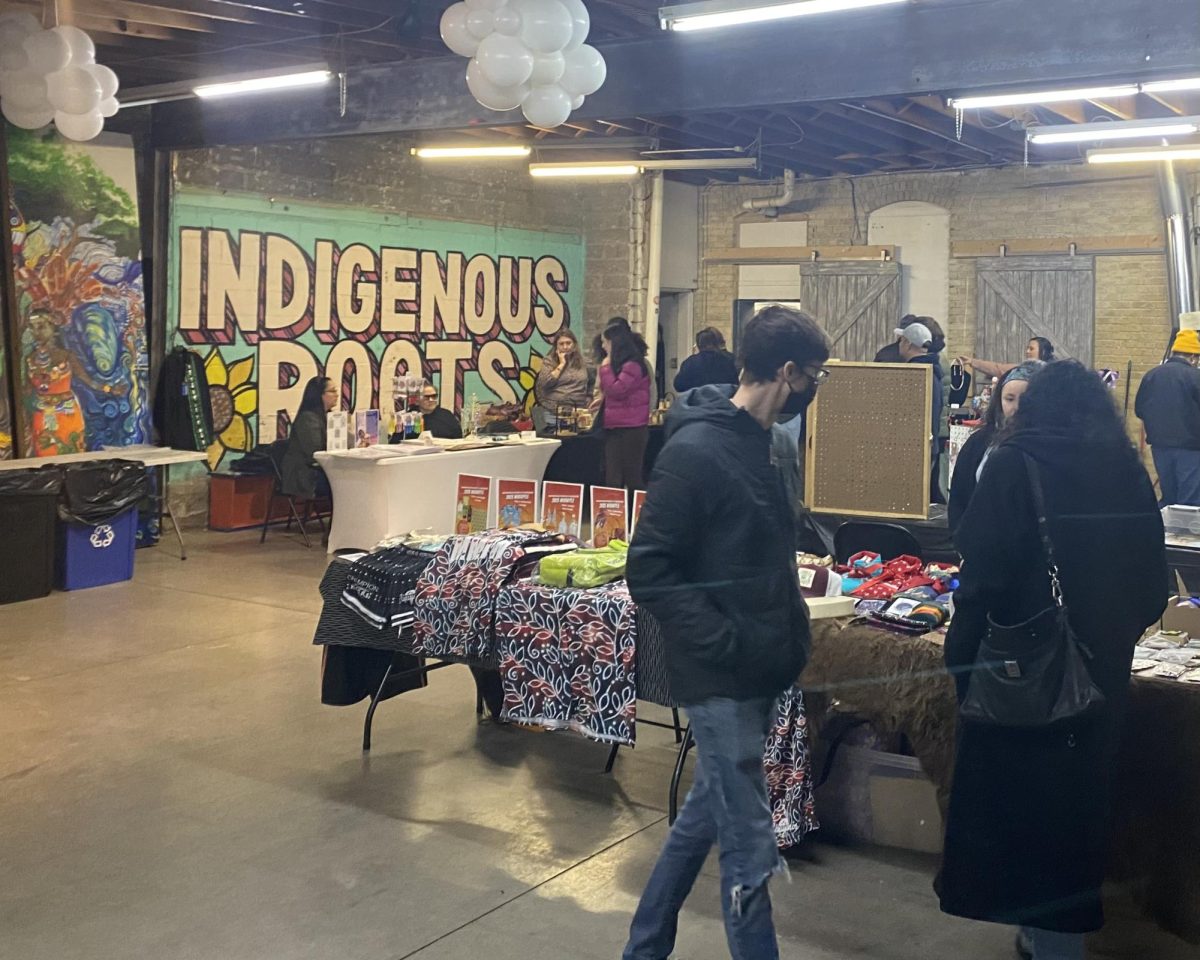For the most significant moments in life, it is not enough to simply keep them stored in memory. There needs to be evidence, physical evidence. A camera tags along on family road trips, ticket stubs are plastered in scrapbooks and celebrity encounters require autographs. This corresponds with humanity’s obsession with material objects and desire to possess; yet, there is something more to it. Something more meaningful. Humans connect to things which alert the senses, attract our eyes, ears and touch. Whether it is a photograph, song or salvaged Styrofoam cup touched by the lips of a rock star, these things make us feel a deeper connection to the past.
The Weisman Art Museum now features “Trace Evidence,” an exhibit of 33 works where the artists used their art as a way of proving existence. A cinder block passed around at an Allan Kaprow show captures a piece of his irreproducible happenings. The fact that an ordinary cinder block was kept solidifies Kaprow’s importance to modern art. Robert Rauschenberg added pictures of his past experiences in his collages. Lewis Wickes Hine’s photographs document child labor. The photos proved child labor existed and were instrumental in changing labor laws.
The most curious work comes from artist Shannon Kennedy. What appear to be snakeskins mounted on the wall from further away are actually replicated small square photos of Kennedy’s body parts sewn together. Kennedy expresses the existence of her body as does Vito Acconci in his piece “Kiss Off.” Four pictures show the process of Acconci putting on bright red lipstick and kissing his hand and at the bottom of the paper is a fury of smeared lipstick.
On Joan Lyon’s piece the artist writes: “What is stored here is the process of its own becoming.” The art in “Trace Evidence” is like an ode to a moment passed, but the images taken out of context began to take on a life of their own.
Sitting next door to “Trace Evidence” is “Beauty in the Box: The Enduring Elegance of Korean Design.” Coinciding with the 100th anniversary of Korean immigration to the United States, “Beauty in the Box” presents traditional dresser-like furniture in a range of sizes from the late 19th and early 20th century. Each box is exquisitely crafted with concentration on the natural beauty of the wood. “Box” is certainly a change from the style of “Trace”; however, the feeling of connecting to the past remains.
“Trace Evidence” through Aug. 10. “Beauty in the Box” through Aug. 3. Weisman Art Museum, (612) 625-9494
Keri Carlson welcomes comments at [email protected]







